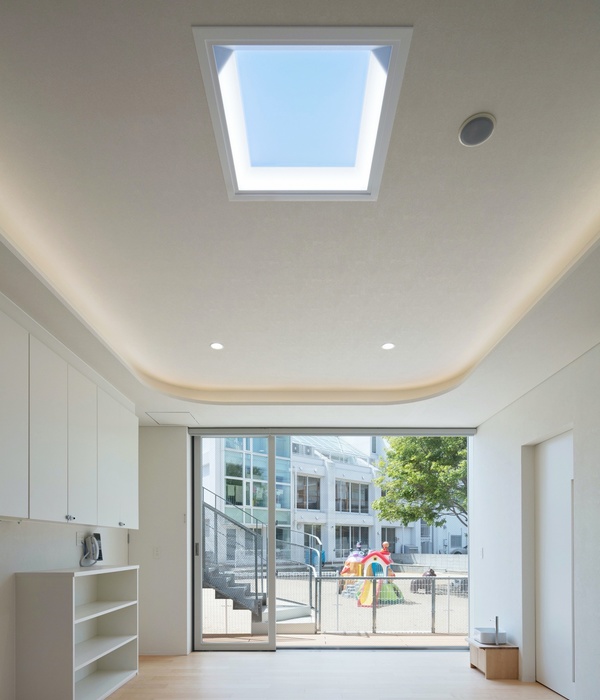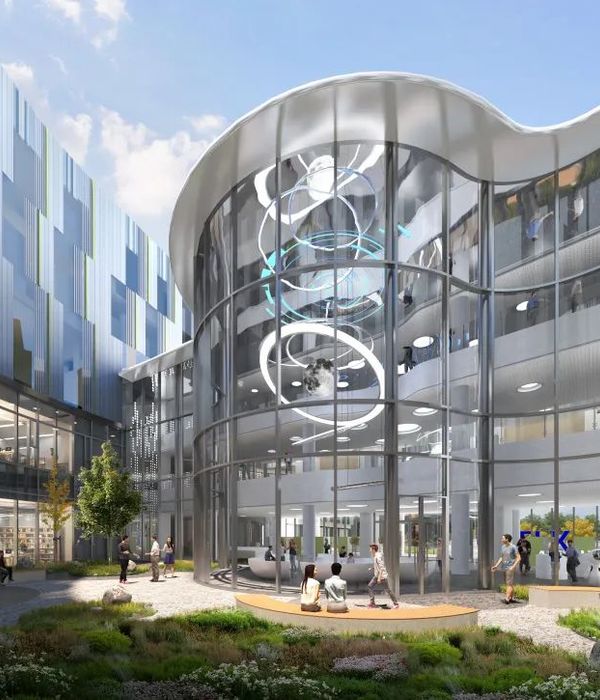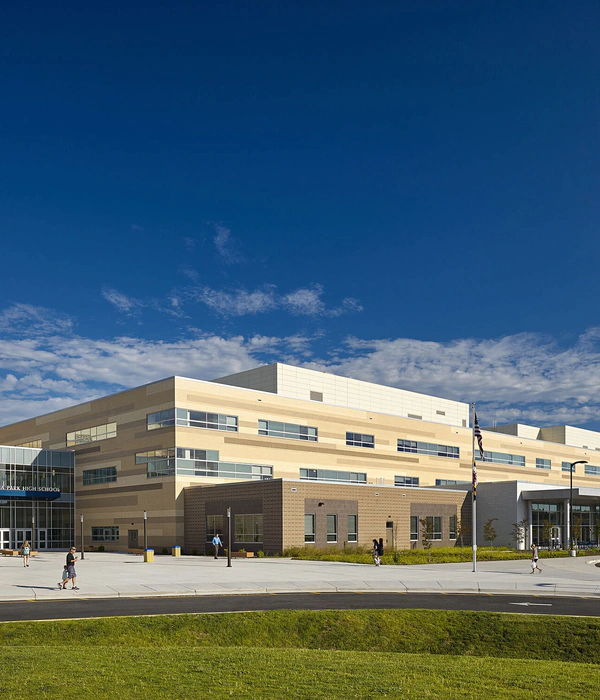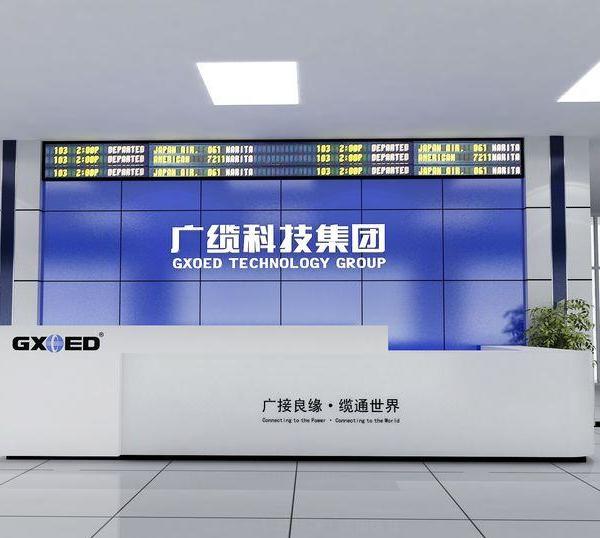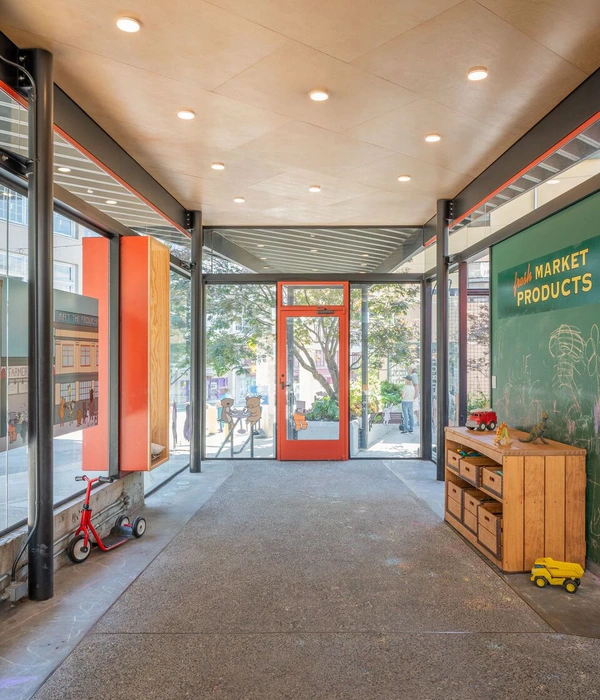The Rwandan government launched its Early Childhood Development policy in December 2010, ‘to combat ignorance and illiteracy, and to provide human resources useful for the socio-economic development of Rwanda through the education system’. The architectural implications of this statement led us to realize that whilst Early Childhood Development centers are building types for which great need exists, this is coupled with the reality of relatively little local experience. At the same time, like any other modification of the environment with such strong social significance, they need to be integrated carefully with the physical and cultural landscape of a place. The design of the Early Childhood Development Centers for Plan International in the southern Bugesera district aim to provide small rural villages with a facility that stimulates the different senses of its young users, while also engaging the whole community and providing a valuable collective resource. The scheme is the result of lengthy research, which began in 2011 and was refined for over 12 months prior to construction. The veranda is the project’s core element – the result of extensive research into available resources and climate, as well as the community’s social background and traditions. It fosters important childhood socialization, in addition to interaction amongst all inhabitants. From the outset, all community members, parents, teachers and children of all ages have been excited by the potential of the space, which can be used year round. Inside the main room, the design is organized to enhance the diversity and flexibility of different corners and activities, each with its own related qualities and furniture. The space is divided into wet and dry areas. A water point lies close to one of the two entrances – to be used after crafts or outside play, and to teach hygiene and sanitation. A second door connects the interior space with the veranda and outdoor playground. The center’s efficiency and sustainability are achieved through the use of locally sourced materials – contributing to the village economy – and the creation of successful meeting spaces. All village members, despite a strong culture of privacy, are able to use it throughout the day and night, due to the use of solar powered lights and access to water. The structure is built with locally produced fired bricks, and assembled with Flemish bonds and vertical reinforcement bars to improve stability and avoid the use of concrete. The brick pattern and multiple openings of varying size and heights contribute to the sensorial stimulation and learning of small children, while providing natural lighting and cross ventilation.
{{item.text_origin}}


